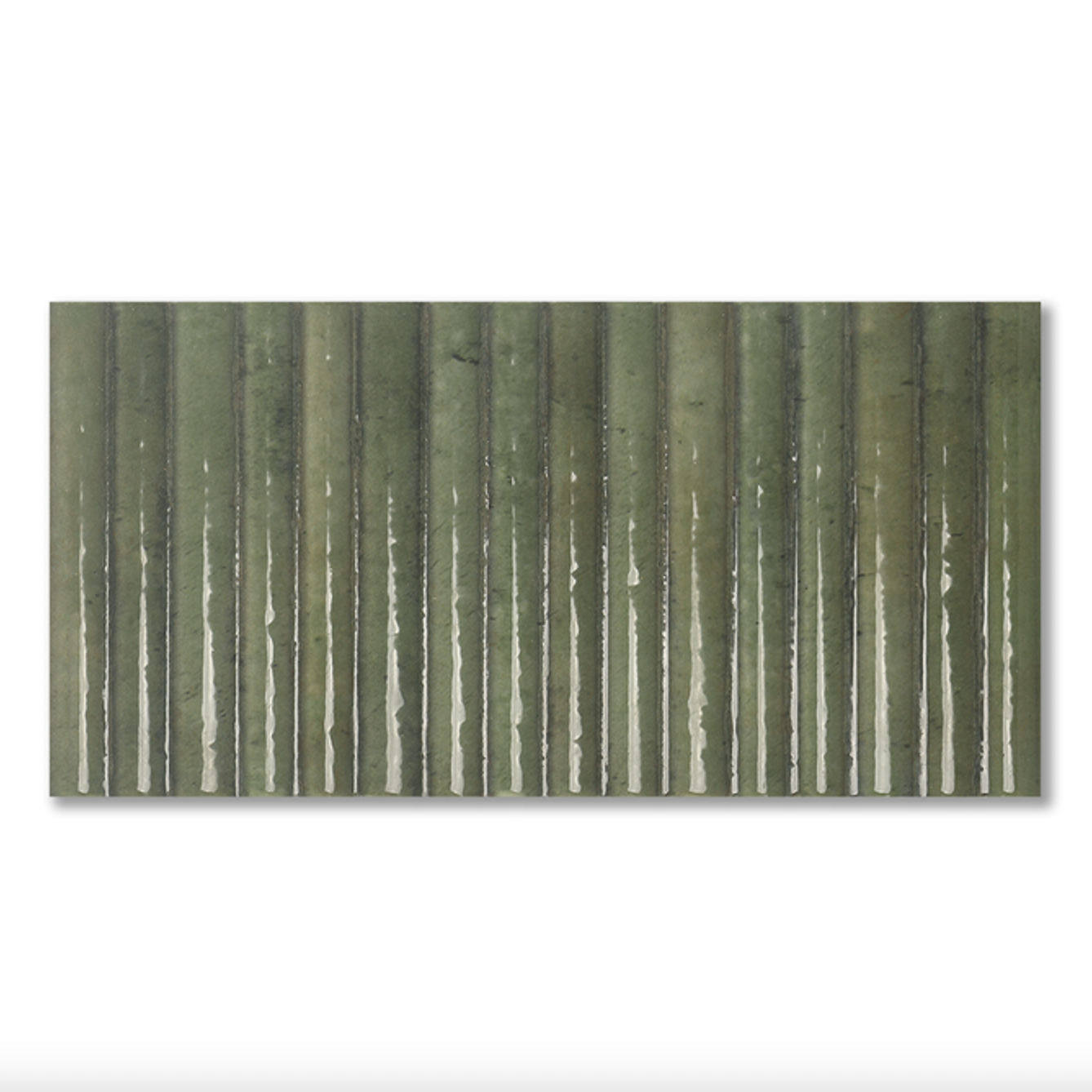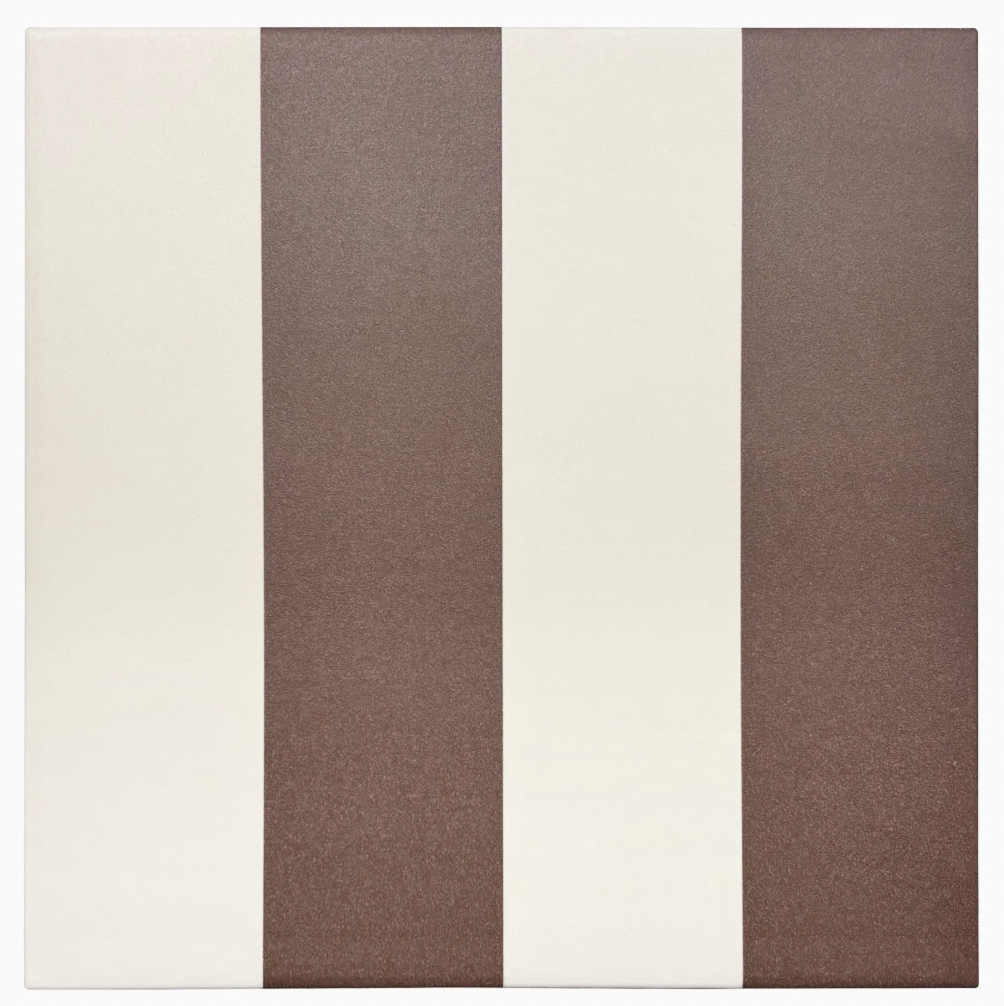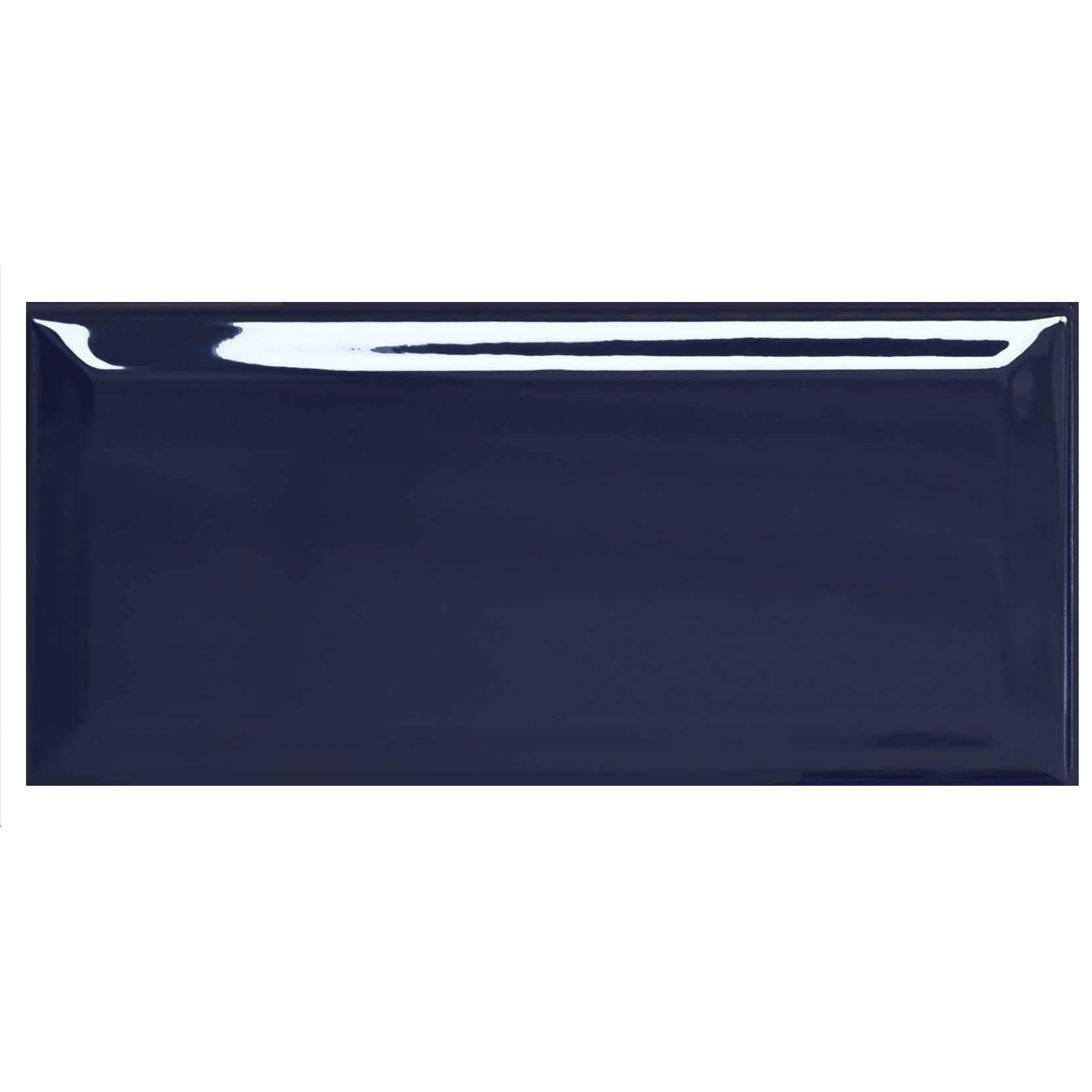Should I Half Tile or Fully Tile My Bathroom? I've Got the Answer, and the Pros and Cons to Each
Deciding how to tile your bathroom isn't just a case of choosing the right pattern, color, and configuration


Tiles are a core bathroom component, but where should they stop? Do you call it a day at a simple backsplash, encase the shower in porcelain, or take tiles to the ceiling and wrap every wall?
Besides choosing the best color and pattern to fit those bathroom tile trends, you also need to decide where your tiles finish. Half-tiled bathrooms are generally more budget-friendly and allow you to mix in a traditional wall color, but you also need to consider how to tidy the edges to avoid an abrupt, unfinished look (and no, Schluter trim isn't the answer). Fully tiled bathrooms, on the other hand, can make a serious design statement that marries practicality, but they're a more hefty investment. Realistically, the answer to the question in most instances is half tile makes more sense — but I can't say I haven't seen some brilliant fully tiled bathrooms out there to be enough to change your mind.
If you're no closer to deciding which one to opt for, it might help to consult the experts. To help you come to a decision, we spoke with designers to find out the real meaning of fully tiled and half-tiled bathrooms, as well as which one they're favoring in 2025 for the most stylish, practical spaces. Here's what they had to say.
What Is the Difference?
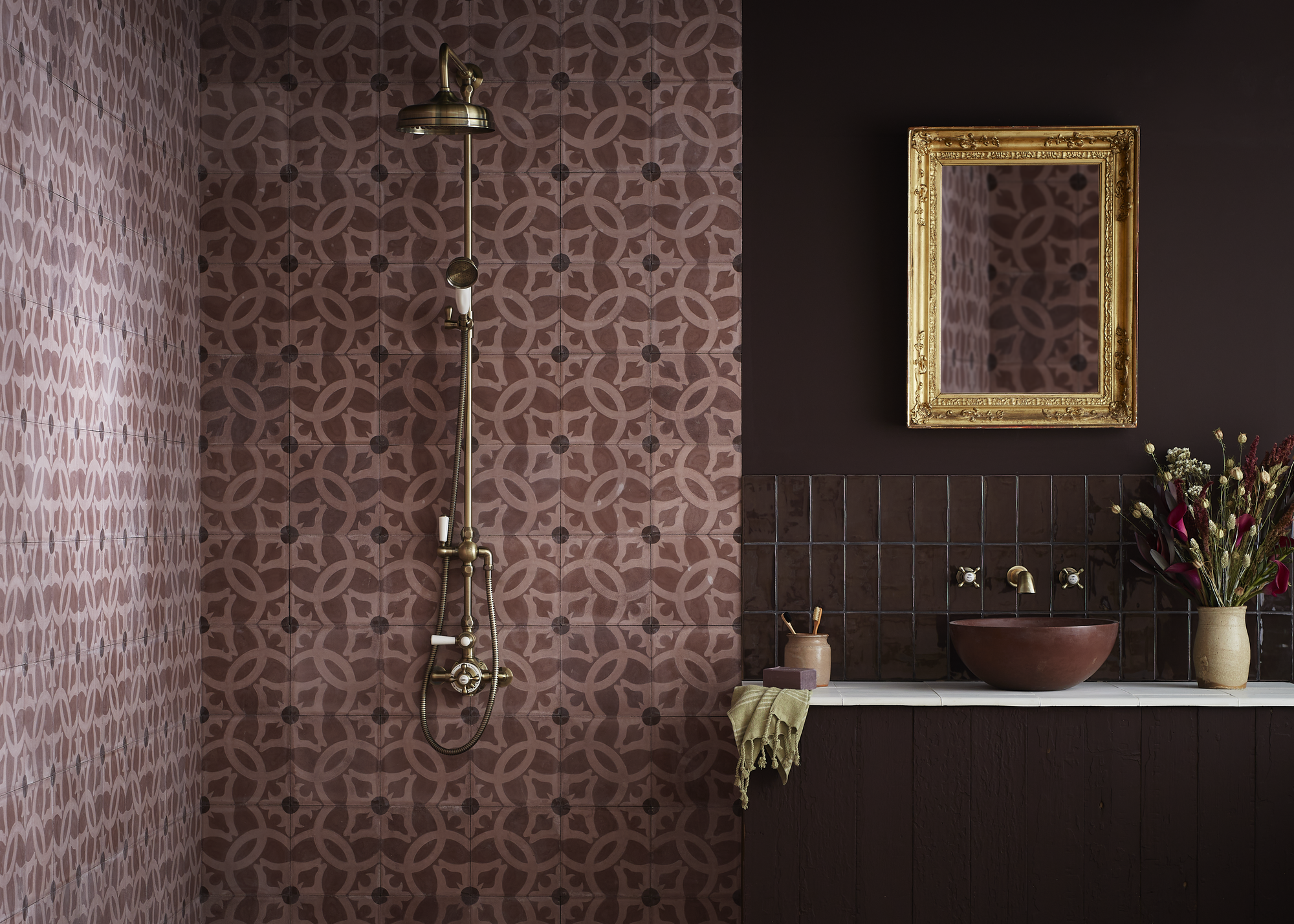
As the names suggest, half-tiled bathrooms don't use tiles across every inch of wall space, but don't take the name too literally, either — they're not strictly limited to half the room. Instead, only a portion of the walls — typically the lower half, or areas that easily become wet — are tiled, with the remaining space finished with paint or wallpaper for greater design flexibility. Conversely, fully tiled spaces tile every wall of a bathroom (and, likely, the floor) for dramatic tile drenching that showcases various patterns, colors, and configurations.
"A full tiled bath will outfit the space entirely in tile, while a half tile bathroom will typically include a floor and a singular feature wall, or a tile 'wainscotting' covering only the lower portion of the wall," says Ariel Schuster, Residential Design Manager of tile brand, Artaic. "Where functionality is concerned, a fully tiled bath will protect the space from moisture better than a partially tiled space. It is also easier to clean and maintain, so if this is a concern, full-titled is the go-to application style."

Ariel is the lead residential sales and design consultant at Artaic. She works with members of the Trade across the country throughout the entirety of the design process, creating custom mosaic tile designs for their clientele. Inspired by material, texture, and color, she loves the world of interiors and understanding "buy-ology" (or, why people buy).
When to Choose a Fully Tiled Bathroom
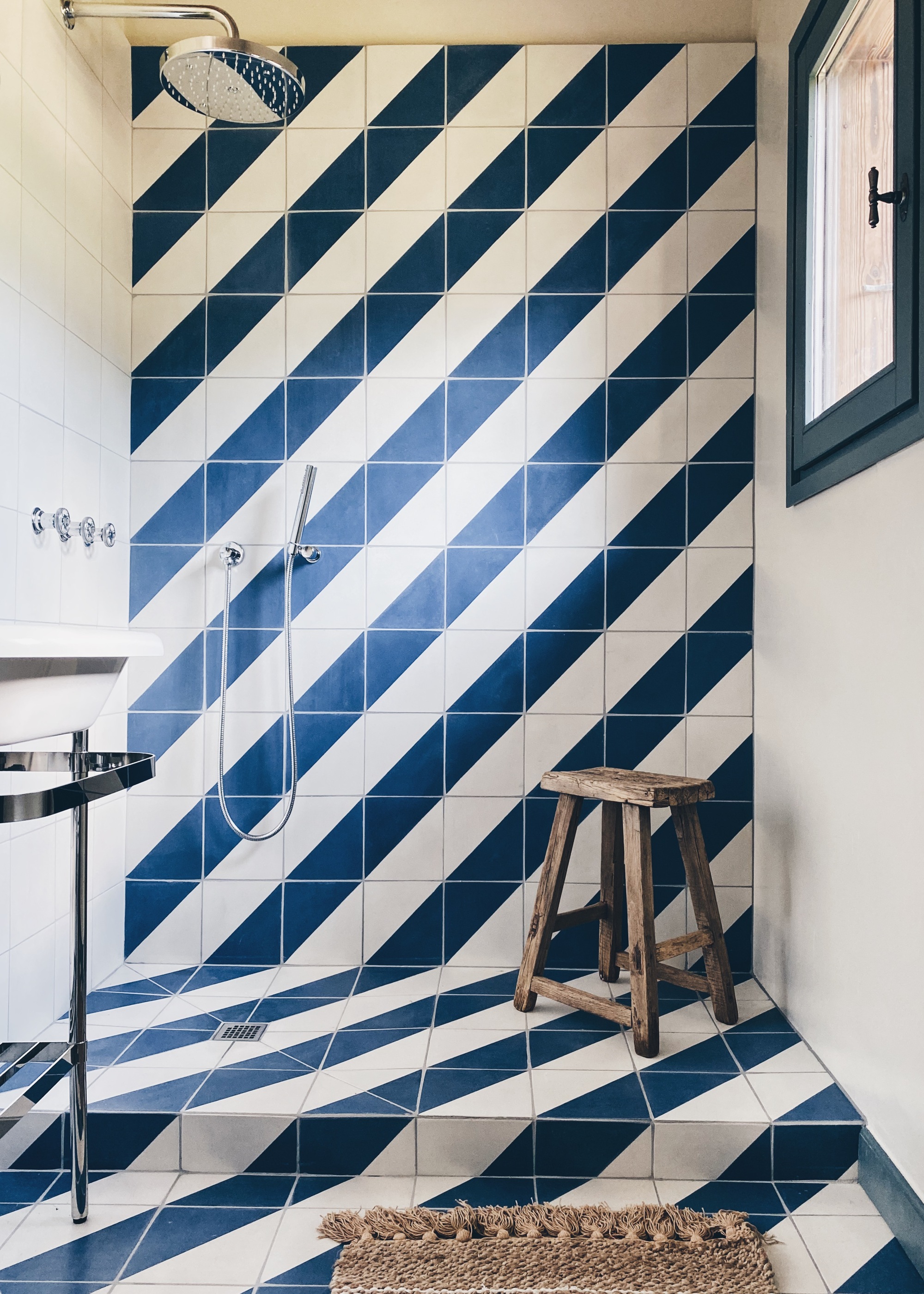
With definitions out of the way, you now need to consider which type of bathroom tile layout works best for your space. As touched upon by Ariel, fully tiled variations are usually the most practical choice in terms of upkeep and maintenance, a sentiment shared by interior designer Jennifer Jones of Niche Interiors.
"A completely tiled bathroom is best for spa bathrooms, steam showers, and wet rooms where there are multiple shower heads," she says. "This is also a great choice for kids' bathrooms as you never have to worry about walls getting wet or damaged."
The Livingetc newsletters are your inside source for what’s shaping interiors now - and what’s next. Discover trend forecasts, smart style ideas, and curated shopping inspiration that brings design to life. Subscribe today and stay ahead of the curve.
There are also various aesthetic advantages to fully tiling your bathroom, too. With all four walls to play with, as well as "zoned" areas like the bath and shower, you can play around with different tile shapes, finishes, and configurations for a dramatic contrast. For example, consider glossy subway tiles in a deep red as a backdrop to your basin, alongside vertical pink and white zellige stripes to add height in a shower. "Tile drenching with a bold style can completely transform the feel of a bathroom," says Lee Thornley, tile expert and founder of Bert & May.
Ariel is quick to note that a fully tiled bathroom is typically a more costly option, but also emphasizes the visual power it holds. "Almost like the color-drenching trend, tile-drenching creates a cohesive space that can feel really unique and all-encompassing," she says. "I've seen a lot of really impressive contemporary spaces with tile-drenched bathrooms with really fun, bold colors, and I am loving that lately."
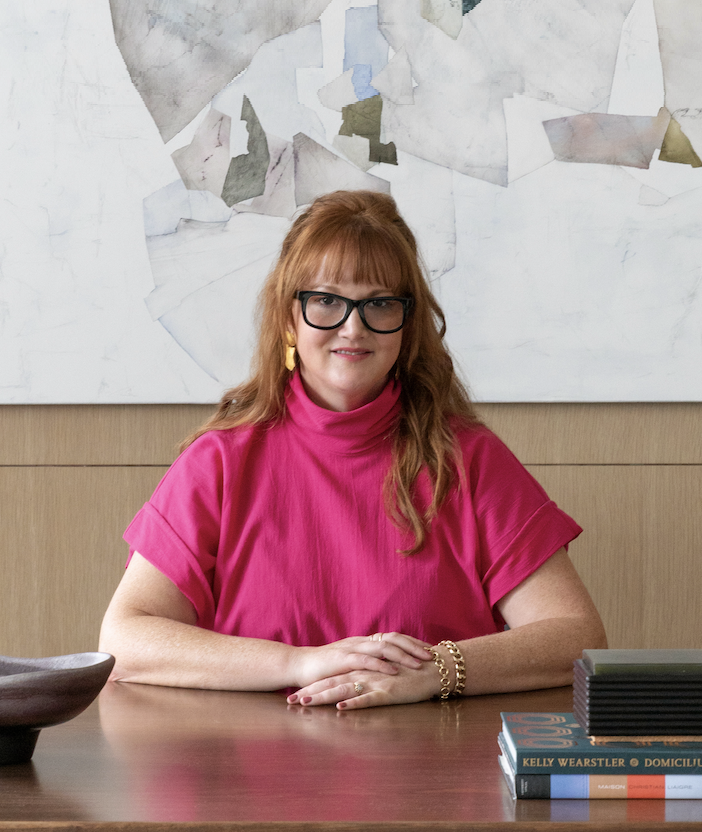
Jennifer is the Founder and Principal Designer of Niche Interiors, a high-end San Francisco interior design firm specializing in creating sophisticated, sustainable homes. Serving as an Ambassador to the Sustainable Furnishings Council, Jennifer is frequently quoted as an expert in sustainable design. Niche Interiors’ award-winning homes have been featured in House Beautiful, The Wall Street Journal, Bon Appétit and Elle Decor.
When to Choose a Half-Tiled Bathroom
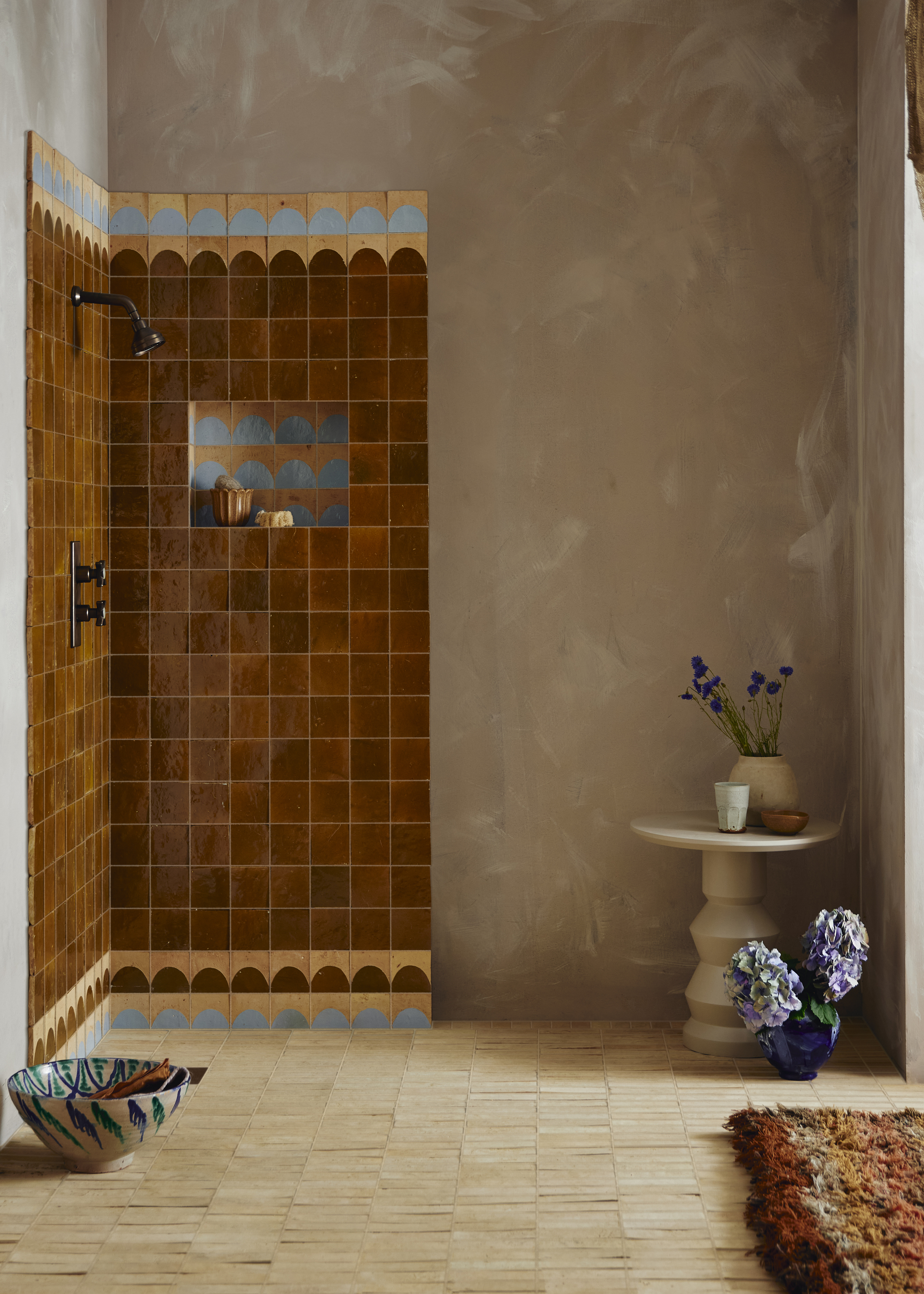
Cramming all the latest bathroom tile ideas into one space isn't for everyone. In most bathrooms, all that's really necessary is a backsplash behind the basin and tiles around the wall of your bath or shower. If you want to take the easier (and cheaper) route, half-tiling is the way to go, especially in small bathrooms.
"Half-tiling a wall with metro tiles is a great option for smaller bathrooms where the space can easily feel enclosed and heavy," explains Lee. "Creating a natural partition between the tiles and the wall can elongate the space and give the illusion of a heightened ceiling. It’s a simple touch that makes a big difference."
Ariel also suggests playing around with illusions of scale using a partial tile wall, adding that tiles aren't the only way to bring pattern to a bathroom. "Incorporate wallpaper on the remaining walls and even the ceiling," she advises. With this approach, you can choose a simpler, timeless tile idea that will endure for decades, switching out the wall color or paper for a more budget-friendly upgrade.
Sceptical about wallpapering a bathroom? Of course, you could also opt for a "plainer" wall color, like a neutral, which makes it easier for your shower or bath to become a statement focal point. Take the space above, for example — retro-inspired tiles, complete with a scalloped border, make for a visually arresting corner shower against the backdrop of limewash walls. It's an easy yet effective way to make your shower the star of the show.

Bert & May's story started in Spain in 2004 when founder Lee Thornley left London to build his award-winning boutique hotel, Casa La Siesta, in Cadiz. As a result of his painstaking work on the interior of this sensitively restored country house, Lee found that he had a natural talent for sourcing reclaimed materials and rare antique fittings. He also discovered that this architectural salvage was much sought after by interior architects and designers and from here, a new project was born.
FAQs
Does a Fully Tiled Bathroom Add Value to a Home?
Fully tiling a bathroom is a big investment, but it's also high risk. "Typically, a fully tiled bathroom will add value to a home due to the general added expense incurred with that additional square footage, and the general longevity of tile versus paint or wallpaper," says Ariel.
However, this is only the case if the tiling is carried out properly by a professional. Cracks, chips, or discolored grouting can easily cheapen the look of your bathroom, and when every wall is tiled, it's hard to hide even the smallest of tile imperfections. You should also bear in mind that simple, more timeless tile designs will have wider appeal to prospective buyers, so don't tile your whole space with tiles that are overly daring if you're not settled in your forever home.
Deciding between a fully vs half-tiled bathroom might not be top of your priority list when renovating your home, but it can have a bigger impact on your space than first imagined. As well as any style contributions, the cost, maintenance, and overall design of your bathroom should all factor into your decision. And whatever application you decide upon, make sure you hire a professional to achieve a perfectly polished finish!

Lilith Hudson is a freelance writer and regular contributor to Livingetc. She holds an MA in Magazine Journalism from City, University of London, and has written for various titles including Homes & Gardens, House Beautiful, Advnture, the Saturday Times Magazine, Evening Standard, DJ Mag, Metro, and The Simple Things Magazine.
Prior to going freelance, Lilith was the News and Trends Editor at Livingetc. It was a role that helped her develop a keen eye for spotting all the latest micro-trends, interior hacks, and viral decor must-haves you need in your home. With a constant ear to the ground on the design scene, she's ahead of the curve when it comes to the latest color that's sweeping interiors or the hot new style to decorate our homes.
